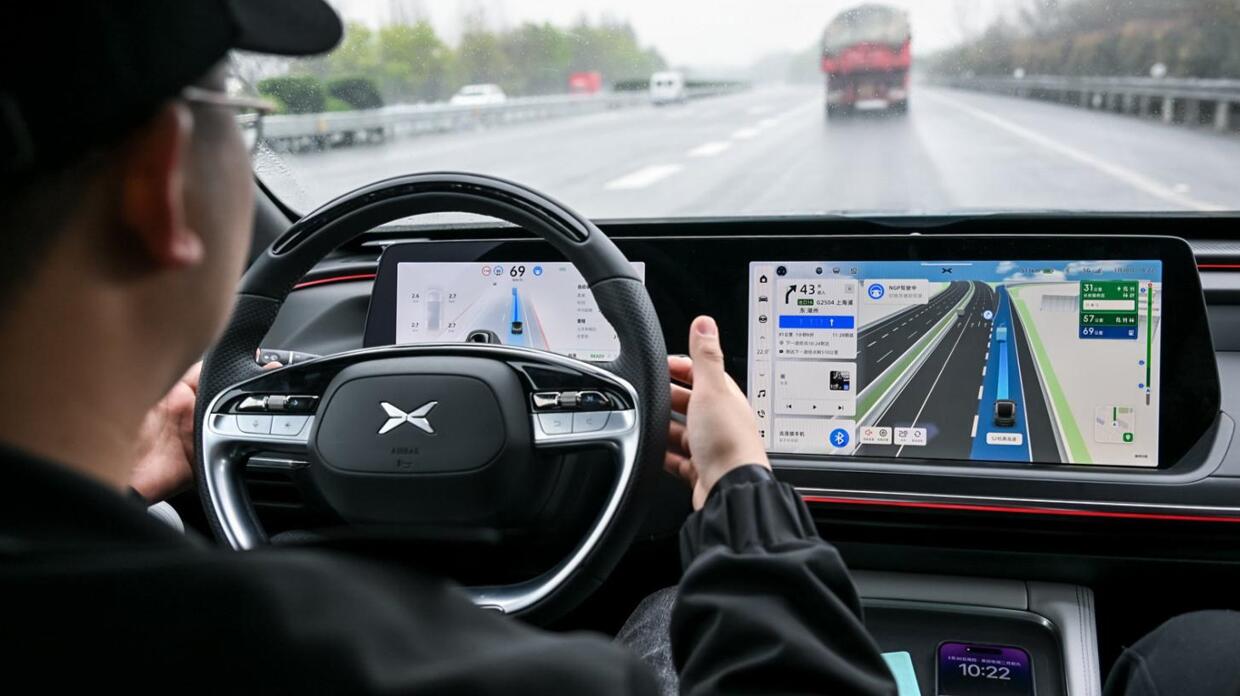China’s Ministry of Transport issued a trial safety guideline on Tuesday for the use of driverless vehicles in the public transportation sector. The guideline, part of a series of measures, is designed to regulate the operation of autonomous vehicles for both passenger and freight transport services, encompassing taxis, buses, and trucks.
Key provisions of the guideline mandate that autonomous vehicles must have at least one driver or security inspector on board during transport. For freight transport and conditional autonomous taxis, the requirement is for one driver, while fully autonomous taxis may operate unmanned in designated areas with remote oversight by a security inspector, subject to local government approval.
Security inspectors are required to undergo professional training in autonomous driving technology, possess a thorough understanding of road traffic safety laws and regulations, and have the capability to manually take control of the vehicles in emergency situations. Each security inspector is limited to overseeing a maximum of three vehicles simultaneously.
To ensure secure transport, the guideline specifies that autonomous vehicles should operate in designated areas that have undergone road traffic safety assessments. Caution is urged in the use of autonomous driving technology for passenger transport services, with autonomous buses recommended for operation on fixed routes in enclosed roads with straightforward conditions. Autonomous taxis, meanwhile, are suggested for operation in areas with favorable traffic conditions to manage risks effectively.
For freight transport services, the guideline allows the use of autonomous driving technology for point-to-point highway transport or on safe, controlled city roads. However, the transportation of dangerous goods without drivers is explicitly prohibited.
Operators of autonomous vehicles are required to be qualified and licensed, with their vehicles prominently adorned with distinctive patterns, words, or colors to inform other drivers of their autonomous status. Passengers must be informed of the vehicles’ autonomous driving functions, safety features, and emergency escape routes through videos and signage within the vehicles.
China has been actively establishing standards and regulations for autonomous vehicles in recent years, with a focus on promoting their application. By 2025, the country aims to establish a comprehensive system encouraging technology, innovation, and investment in autonomous vehicles, paving the way for large-scale production of conditionally autonomous vehicles.







